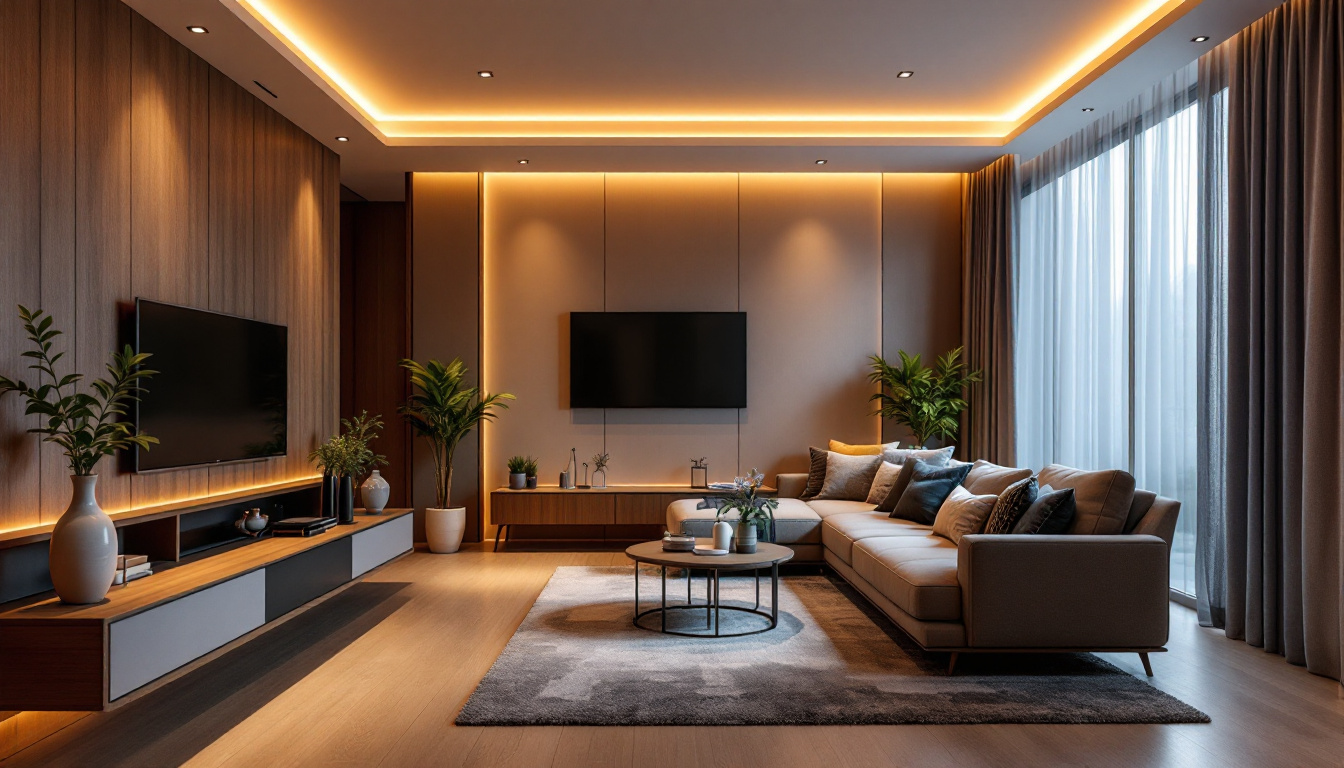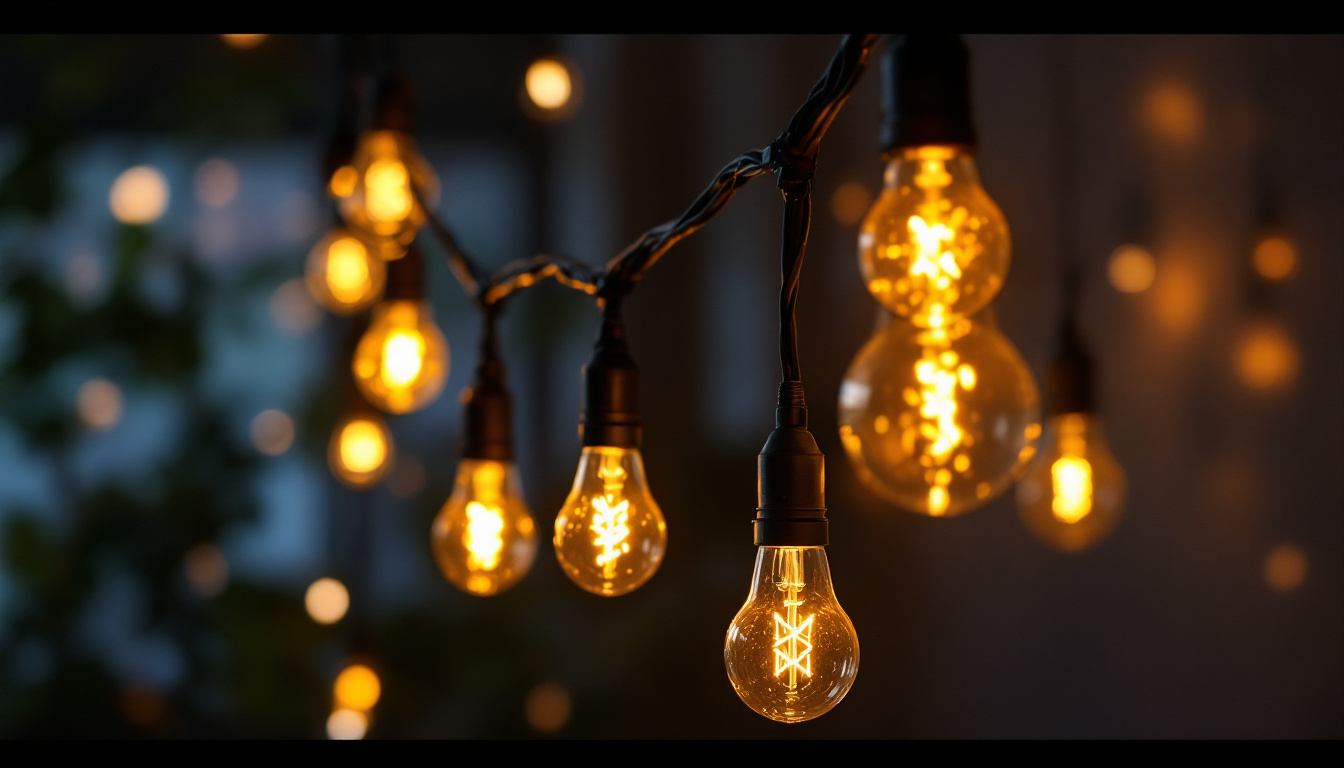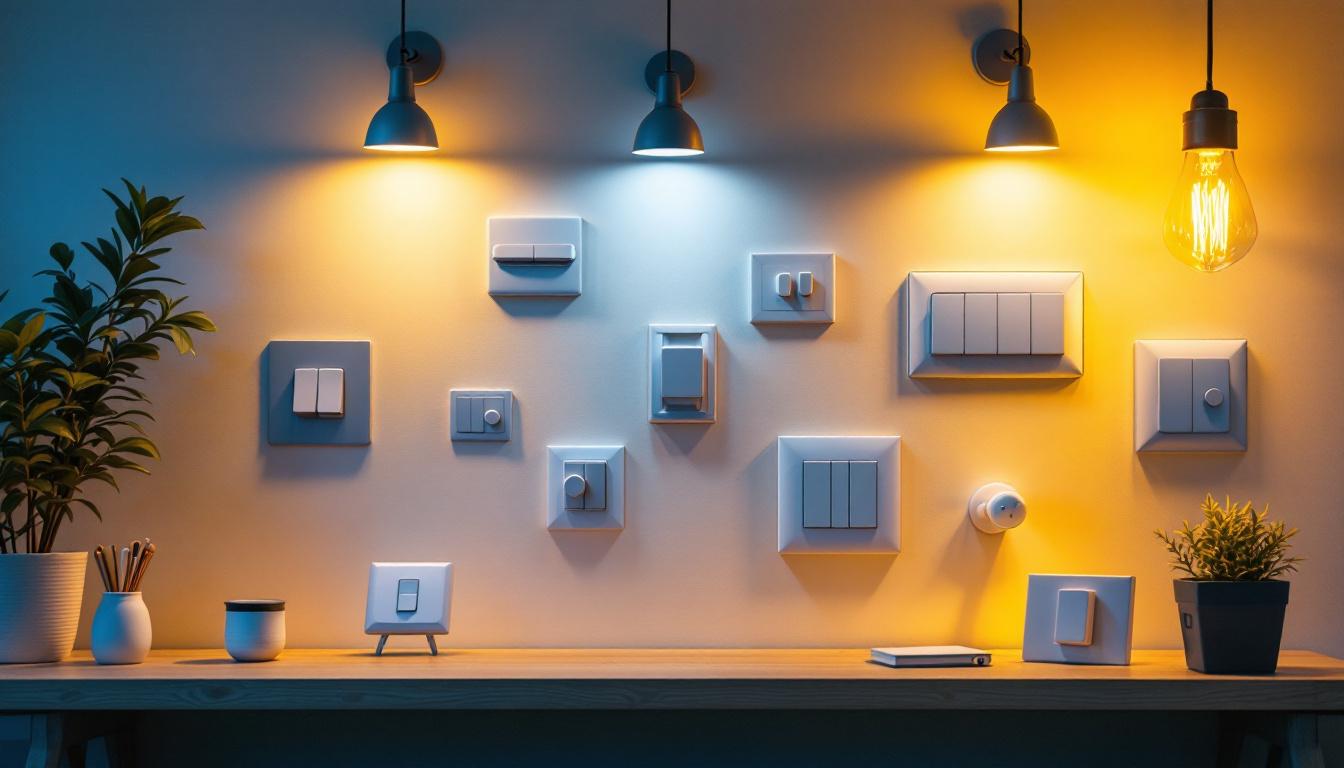
In the competitive world of lighting contracting, understanding the nuances of maintenance and replacement can set a contractor apart from the rest. One common question that arises is whether replacing light bulbs falls under normal wear and tear. This seemingly simple inquiry can have significant implications for contract negotiations and client relationships. By exploring this topic, contractors can position themselves to win more contracts and foster long-term partnerships with clients.
Normal wear and tear refers to the gradual deterioration of materials and components due to their regular use. In the context of lighting, this includes the lifespan of light bulbs and fixtures. Understanding what constitutes normal wear and tear is crucial for contractors, as it impacts maintenance agreements and service contracts. It is essential to recognize that different types of lighting systems may have varying lifespans and maintenance needs, which can further complicate the definition of normal wear and tear. For instance, LED fixtures typically have a longer lifespan compared to traditional incandescent bulbs, and this difference can influence how maintenance is approached and budgeted.
Clients often have varying expectations regarding maintenance services. Some may assume that replacing light bulbs is part of the routine service, while others might view it as an additional cost. Clear communication is essential to ensure that both parties have aligned expectations. By defining what is included in a maintenance contract, contractors can avoid misunderstandings and foster trust. Additionally, educating clients about the typical lifespan of different lighting options can help set realistic expectations. For example, informing clients that fluorescent bulbs generally need replacement every 7 to 10 years, while LED bulbs can last up to 25, can help them appreciate the value of investing in more durable lighting solutions.
From a legal standpoint, defining normal wear and tear in contracts can protect contractors from liability. If a client believes that replacing light bulbs is part of the service, they may seek compensation for perceived negligence if a bulb burns out. By clearly outlining responsibilities in the contract, contractors can mitigate risks and ensure that clients understand their obligations. Furthermore, including specific clauses that detail the maintenance schedule and the expected lifespan of various components can serve as a reference point in case of disputes. This level of detail not only protects contractors but also empowers clients to take an active role in the maintenance of their lighting systems, fostering a collaborative relationship that can lead to more successful project outcomes.
The lifespan of light bulbs can vary significantly based on the type of bulb, usage, and environmental factors. Understanding these variables can help contractors make informed decisions when discussing maintenance with clients.
Different types of light bulbs come with varying lifespans. For instance, incandescent bulbs typically last around 1,000 hours, while LED bulbs can last up to 25,000 hours or more. Fluorescent bulbs fall somewhere in between, averaging around 10,000 hours. By educating clients about these differences, contractors can set realistic expectations regarding replacements. Additionally, the energy efficiency of these bulbs can also play a significant role in their overall cost-effectiveness. For example, while LED bulbs may have a higher upfront cost, their longevity and lower energy consumption can lead to substantial savings over time, making them a more sustainable choice for both residential and commercial applications.
Several factors can influence how long a light bulb lasts. These include the frequency of use, the quality of the bulb, and environmental conditions such as temperature and humidity. For example, bulbs used in areas with high humidity may fail sooner than those in controlled environments. By understanding these factors, contractors can provide valuable insights to clients and recommend appropriate maintenance schedules. Furthermore, the way in which a bulb is installed can also impact its lifespan. For instance, improper fitting or using the wrong wattage can lead to overheating, which can significantly reduce the bulb’s life. Contractors should also consider advising clients on the importance of using compatible dimmers and fixtures, as these can enhance the performance and longevity of certain bulb types, particularly LEDs and compact fluorescents.
Establishing a comprehensive maintenance plan is essential for contractors aiming to win more lighting contracts. A well-structured plan not only enhances client satisfaction but also positions the contractor as a knowledgeable partner in lighting management. By demonstrating a clear understanding of the nuances of lighting systems, contractors can build trust and foster long-term relationships with their clients, which is crucial in a competitive market.
Regular inspections can help identify potential issues before they escalate. By monitoring the performance of light fixtures and bulbs, contractors can proactively address problems, such as flickering lights or unusual dimming. This approach not only extends the lifespan of the lighting system but also demonstrates a commitment to quality service. Additionally, utilizing advanced monitoring technologies, such as smart sensors and IoT devices, can provide real-time data on energy consumption and performance metrics, allowing contractors to make informed decisions and optimize the lighting systems for maximum efficiency.
Incorporating scheduled replacements into a maintenance plan can streamline operations and enhance efficiency. For instance, contractors can recommend replacing bulbs after a certain number of hours of usage, regardless of whether they have burned out. This proactive strategy can prevent unexpected failures and ensure consistent lighting quality for clients. Furthermore, by keeping a detailed log of replacements and maintenance activities, contractors can analyze trends over time, enabling them to refine their recommendations and tailor their services to meet the specific needs of different clients or environments. This level of customization not only improves the effectiveness of the maintenance plan but also reinforces the contractor’s role as a trusted advisor in lighting management.
Effectively communicating the value of maintenance services is crucial for securing contracts. Clients need to understand the benefits of regular maintenance and how it can save them money in the long run.
Investing in regular maintenance can lead to significant cost savings over time. By preventing unexpected failures and extending the lifespan of lighting systems, clients can avoid the expenses associated with emergency repairs and replacements. Contractors should emphasize this aspect when discussing contracts, highlighting the long-term financial benefits of a proactive approach. Additionally, clients may not realize that regular maintenance can improve energy efficiency, leading to lower utility bills. With energy costs on the rise, demonstrating how well-maintained systems consume less power can be a persuasive argument for clients who are budget-conscious.
Proper maintenance also enhances safety and compliance with regulations. Flickering lights or burnt-out bulbs can pose safety hazards, especially in commercial settings. By ensuring that lighting systems are regularly inspected and maintained, contractors can help clients meet safety standards and reduce liability risks. Furthermore, regular maintenance can help identify potential fire hazards or electrical issues before they escalate, providing peace of mind for clients. In industries where compliance with health and safety regulations is paramount, being able to demonstrate a commitment to maintaining safe environments can significantly enhance a contractor’s reputation and client trust.
Establishing a solid maintenance plan not only addresses immediate concerns but also fosters long-term relationships with clients. By consistently delivering high-quality service and demonstrating a commitment to their needs, contractors can position themselves as trusted partners rather than just service providers. Regular check-ins and updates on system performance can keep clients informed and engaged, making them more likely to renew contracts and refer the contractor to others. Additionally, offering tailored maintenance packages that cater to the specific needs of different clients can further solidify these relationships, ensuring that they feel valued and understood.
Technology plays a pivotal role in modern lighting maintenance. By leveraging advancements in smart lighting systems and monitoring tools, contractors can enhance their service offerings and improve efficiency.
Smart lighting systems allow for remote monitoring and control, enabling contractors to track the performance of lighting fixtures in real-time. This technology can provide valuable data on bulb usage and performance, allowing for more accurate maintenance scheduling. By integrating smart solutions into their services, contractors can position themselves as forward-thinking professionals in the industry.
Utilizing data analytics can help contractors make informed decisions regarding maintenance and replacements. By analyzing usage patterns and performance metrics, contractors can identify trends and optimize their maintenance strategies. This data-driven approach not only improves service quality but also enhances client satisfaction.
Establishing strong relationships with clients is essential for long-term success in the lighting contracting business. By prioritizing communication and transparency, contractors can foster trust and loyalty.
Keeping clients informed about maintenance schedules, potential issues, and industry trends can enhance the contractor-client relationship. Regular updates demonstrate a commitment to service and help clients feel valued. This proactive communication can also lead to referrals and repeat business.
Soliciting feedback from clients can provide valuable insights into areas for improvement. By actively seeking input and making necessary adjustments, contractors can enhance their service offerings and better meet client needs. This commitment to continuous improvement can set a contractor apart in a competitive market.
In conclusion, understanding whether replacing light bulbs falls under normal wear and tear is a critical aspect of lighting contracting. By defining maintenance responsibilities, assessing bulb lifespans, and creating comprehensive maintenance plans, contractors can position themselves as trusted partners in lighting management. Leveraging technology, communicating value, and building strong client relationships further enhance the potential for winning more contracts. In a competitive landscape, those who prioritize these strategies will not only survive but thrive in the lighting industry.
Ready to elevate your lighting contracts and outshine the competition? At LumenWholesale, we provide you with the highest quality, spec-grade lighting products at prices that can’t be beaten. Say goodbye to local distributor markups and hello to a vast selection of reliable, high-performance lighting solutions that meet the most rigorous industry standards. With the added benefits of free shipping on bulk orders, LumenWholesale is your go-to source for premium lighting without the premium price tag. Don’t compromise on quality or value—Wholesale Lighting at the Best Value is just a click away. Partner with us and turn the bright ideas of this article into a luminous reality for your clients.

Discover how recess lighting can transform your space with its sleek design and versatile functionality.

Discover innovative strategies to ensure your outdoor lighting projects stand the test of time.

Discover the ultimate guide to LED lamp strings with our essential checklist tailored for lighting professionals.

Explore the world of light switches with insights from a seasoned lighting contractor.